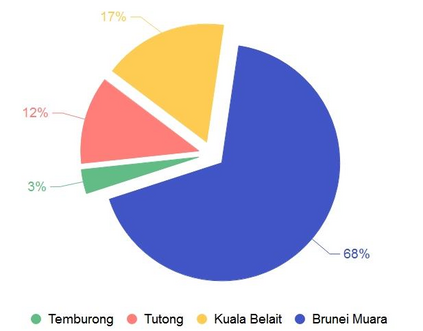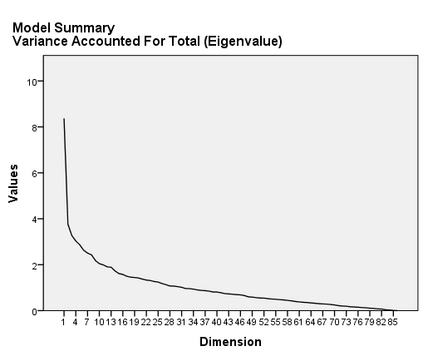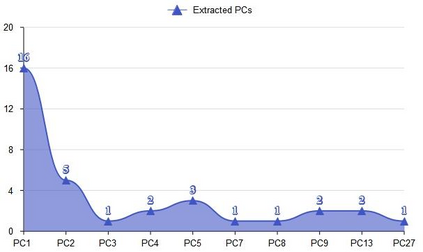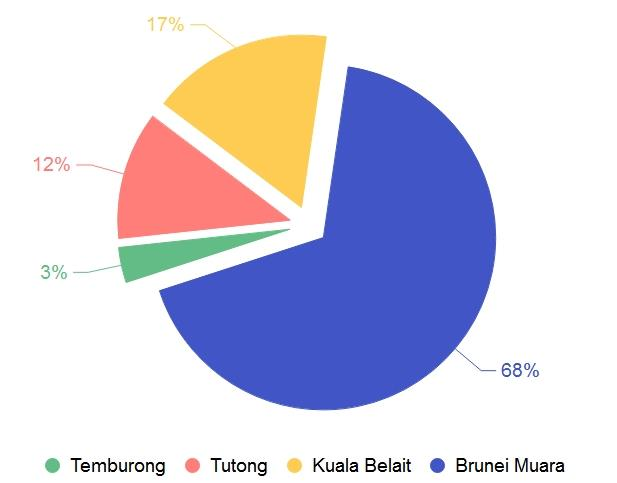National Health and Nutritional Status Survey (NHANSS) is conducted annually by the Ministry of Health in Negara Brunei Darussalam to assess the population health and nutritional patterns and characteristics. The main aim of this study was to discover meaningful patterns (groups) from the obese sample of NHANSS data by applying data reduction and interpretation techniques. The mixed nature of the variables (qualitative and quantitative) in the data set added novelty to the study. Accordingly, the Categorical Principal Component (CATPCA) technique was chosen to interpret the meaningful results. The relationships between obesity and the lifestyle factors like demography, socioeconomic status, physical activity, dietary behavior, history of blood pressure, diabetes, etc., were determined based on the principal components generated by CATPCA. The results were validated with the help of the split method technique to counter verify the authenticity of the generated groups. Based on the analysis and results, two subgroups were found in the data set, and the salient features of these subgroups have been reported. These results can be proposed for the betterment of the healthcare industry.
翻译:文莱达鲁萨兰国卫生部每年进行全国健康和营养状况调查(NHANSS),以评估人口健康和营养模式和特点,这项研究的主要目的是通过应用数据减少和解释技术,从NHANSS数据的肥胖样本中发现有意义的模式(群体),数据集中的变量(定性和定量)的混合性质为研究增添了新奇之处,因此,选择了分类主要成分技术来解释有意义的结果,肥胖症与生活方式因素之间的关系,如人口统计、社会经济状况、体育活动、饮食行为、血压历史、糖尿病等,这些关系是根据CATPCA产生的主要成分确定的。在采用分解方法技术以抵制核实所产生群体的真实性的帮助下,结果得到验证。根据分析和结果,在数据集中发现了两个分组,并报告了这些分组的突出特征。这些结果可以用来改善保健行业。






